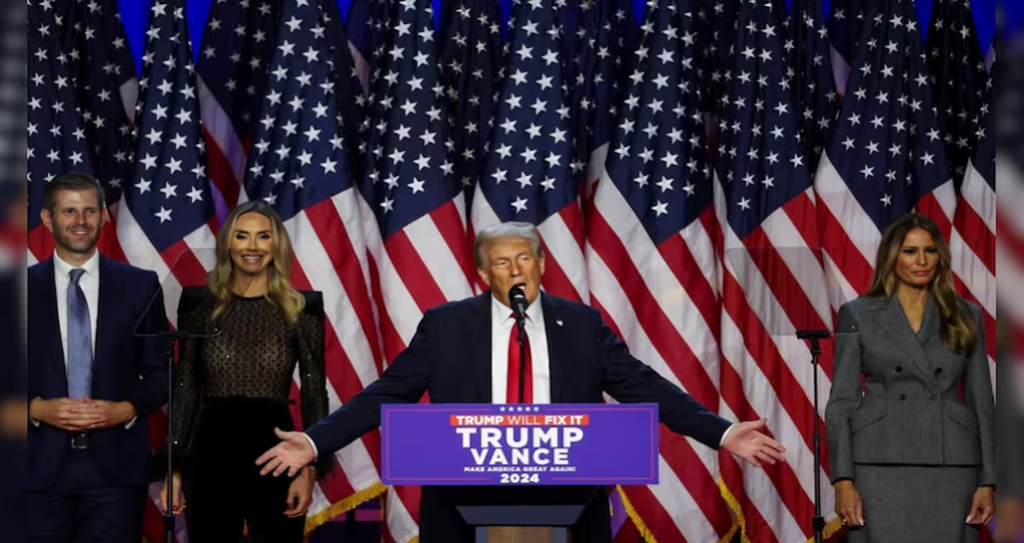During his first term from 2017 to 2021, Donald Trump frequently imposed punitive tariffs in trade disputes with key partners.

Donald Trump’s policies could potentially reignite inflation.
In his first term from 2017 to 2021, Donald Trump’s aggressive trade policies led to tariffs on major trade partners, straining global trade. If re-elected in 2024, Trump has proposed a 60% tariff on Chinese imports and an additional 10% on goods from other countries, a move likely to trigger significant countermeasures from major economies like China and the European Union (EU).
According to a recent study by Roland Berger consulting, retaliatory tariffs could lead to substantial losses in GDP: $533 billion for the EU, $749 billion for the U.S., and $827 billion for China by 2029. Emerging economies, including India, Indonesia, and Brazil, would experience less impact but could still face disruptions in trade dynamics, as reported by the London School of Economics.
International Cooperation and Economic Isolation
A second Trump term could alter the international cooperation landscape. Tara Varma from the Brookings Institution notes that the era of multilateral cooperation may be replaced with a more isolated stance, potentially impacting global trade and partnerships that have historically fostered economic stability.
Inflation Concerns – Will Prices Surge Again?
Trump’s policies may also reignite inflation, which had recently cooled following the Federal Reserve’s interest-rate hikes. The Peterson Institute for International Economics estimates that Trump’s tariff increases could add between 2% to 4% to China’s inflation rate alone. Additionally, Trump’s immigration policies, which include potential mass deportations of undocumented workers, could strain the U.S. labor market, affecting roughly 8.3 million workers, according to the Pew Research Center. This could further elevate inflation, adding over 2 percentage points to the U.S. inflation rate, with some spillover effects on Europe and China.
Implications for Interest Rates and Global Growth
With rising inflation, central banks may be forced to halt or even reverse recent interest rate cuts, dampening consumer spending and investment. According to Oxford Economics, any short-term economic boost from U.S. fiscal stimulus could be offset by tariffs and inflationary pressures, potentially reducing global trade by 3% and shaving 0.75% off global GDP by the end of the decade.
A Risk to Growth – Could Trade Wars Stunt the Global Economy?
The International Monetary Fund (IMF) warns that the trade conflict between the U.S. and China could undercut Asia’s economic growth, which accounts for 60% of global growth. According to the Peterson Institute, Trump’s policies could reduce U.S. GDP by 2 percentage points per year from 2027 to 2031.
Conclusion
Trump’s return to the White House could bring a wave of economic shifts, with tariffs and trade conflicts likely driving inflation and reducing growth. As the global economy braces for potential policy changes, businesses and economies worldwide must prepare for a complex and uncertain economic landscape.












